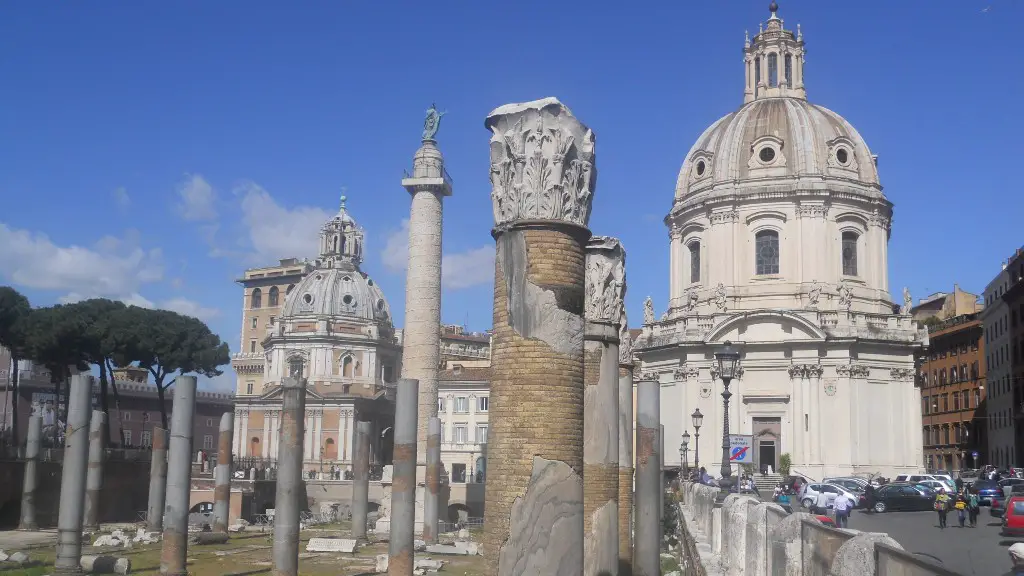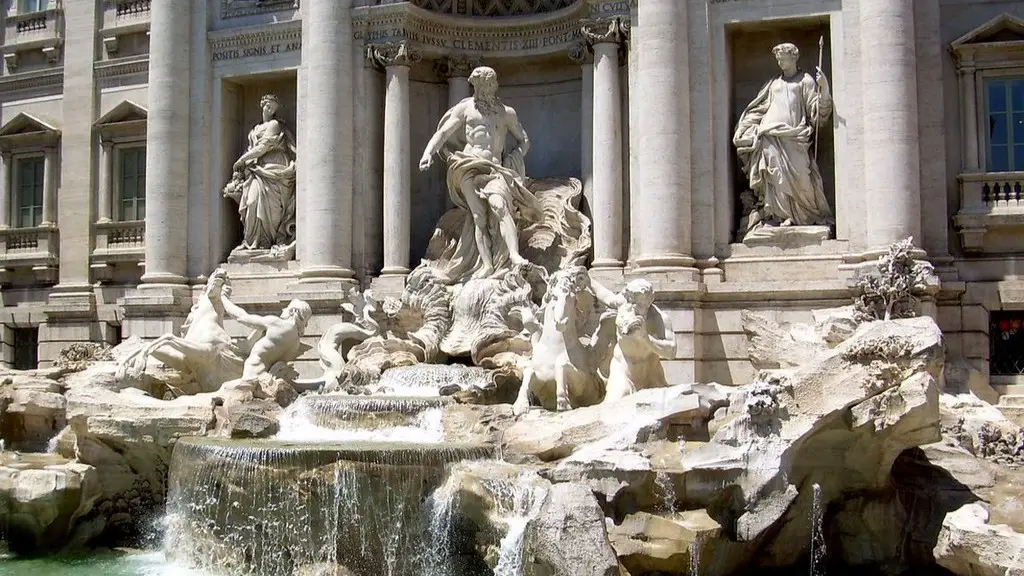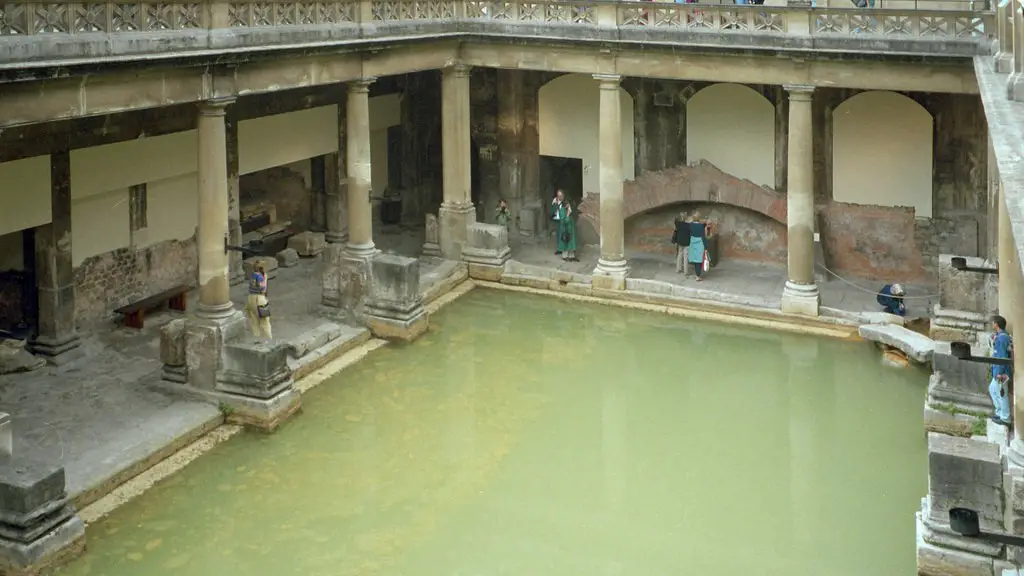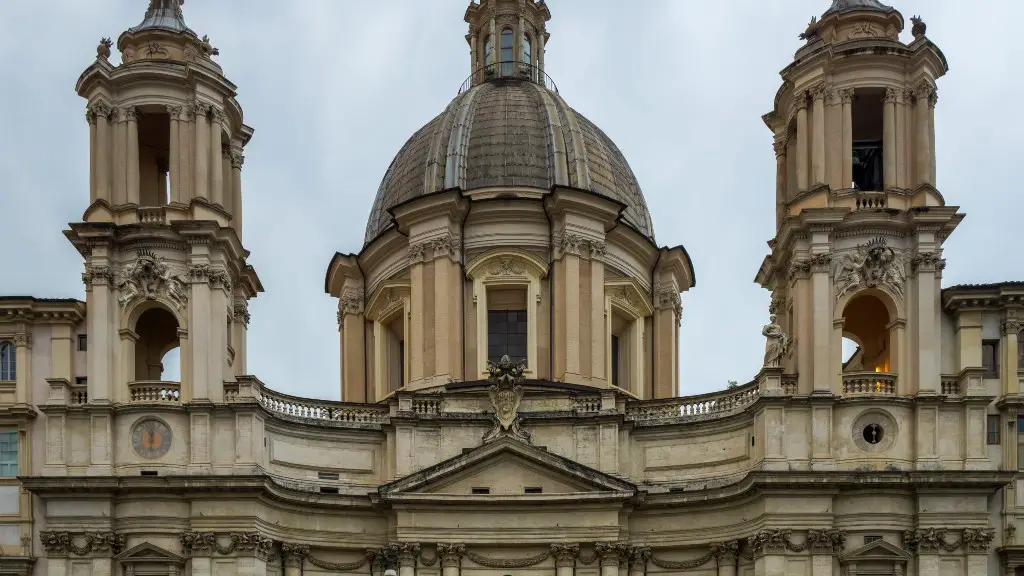Ancient Rome is home to some of the most impressive structures ever made. One of the most iconic of these is the aqueduct, an impressive feat of engineering that has been used for thousands of years. Aqueducts played an important role in the development of Roman society and were instrumental in the success of their civilization. In this article, we will explore what aqueducts were in Ancient Rome and how they functioned.
Aqueducts were man-made channels designed to transport water from one location to another. They were typically used to bring water from springs or rivers to cities, towns and other settlements to support their agricultural and industrial needs. The Roman aqueducts were particularly impressive due to their length and complexity. Some of them ran for hundreds of miles and had multiple levels, enabling them to cross valleys and other obstacles.
The first known aqueduct was built in Rome in 312 BC by Appius Claudius Caecus, who is credited with the development of this technology. Although the original structure did not survive, the concept of using gravity to propel water from one place to another was adopted by other cultures such as the Greeks and later the Arabs. The Romans took this knowledge and developed it further, using precise calculations and engineering skill to create vast networks of aqueducts to supply water to their growing empire.
The engineering behind the construction of the aqueducts was complex and precise. They were designed to maximize the force of gravity in order to transport the water with minimal effort. Bridges, tunnels and “siphons” were built to span obstacles, while water reservoirs and settling tanks were used to regulate the flow and to provide drinking water. The Romans also employed various additives such as vinegar and pitch to prevent the build-up of sediment, a problem that is still experienced today.
The aqueducts of Ancient Rome were not only important for supplying clean water. They also provided a means for flood control and for the distribution of harvested crops and other goods. This allowed the Roman Empire to spread its influence far beyond its borders and was essential in its success. The aqueducts are still admired today for their ingenuity and are an inspiration to modern engineers.
The aqueducts of Ancient Rome were more than just a means to bring water to the city. They were a symbol of the Roman Empire’s power and influence, and a testament to their exceptional engineering skills. The aqueducts remain an impressive reminder of Rome’s impressive legacy.
Impact On Society
The Aqueducts of Ancient Rome had a profound impact on the society of the time. They enabled large cities to have access to clean and reliable water for drinking, farming and industry. This improved the health and wellbeing of citizens, and allowed for the growth of cities and the development of trade. The aqueducts also enabled the Roman Empire to expand its reach, as they were essential for transporting food and military supplies. This allowed for the unification of the Mediterranean world under the ‘Pax Romana’.
The aqueducts had a major impact on the architecture of Rome, with the majority of public monuments and buildings being supplied by water from a nearby source. This enabled Rome to create impressive structures such as temples, public baths and fountains, which became prominent features in many of its cities. The use of the aqueduct also allowed for improved public health, as it enabled large cities to dispose of their waste in a more efficient way.
The construction of the aqueducts was also a symbol of Rome’s power. Many of the aqueducts were built to demonstrate the city’s greatness and to inspire awe in its citizens. This served to further fuel the Roman’s sense of pride and grandeur and helped to consolidate their position as one of the most powerful and influential civilizations of the ancient world.
Modern Day Applications
The Ancient Roman Aqueducts served as an inspiration for many engineers of the modern era. In recent years, there has been a renewed interest in the use of aqueducts to transport clean water. This is particularly evident in areas where the population has outgrown the natural water supply. In these cases, aqueducts have proved invaluable for delivering fresh water to cities and towns. They are also used in agricultural practices and to regulate water flow, making them important in mitigating the risk of floods.
Aqueducts also remain an impressive feat of engineering in many cities around the world. In some areas they are preserved as a monument to Ancient Rome and used as tourist attractions. In other places, they remain in use today, providing an essential source of clean water to their local populations.
In the modern age, aqueducts are seen as an essential part of our lives. Whether they are used for practical purposes or as a form of public art, they provide a tangible link to the remarkable engineering feats of the Ancient Roman Empire.
Environmental Impact
The Aqueducts of Ancient Rome had some negative environmental impacts that are still seen today. The use of water from aqueducts caused water levels to decline in nearby rivers and lakes, leading to the extinction of certain species. The runoff from the water was also highly polluted and caused regional problems with contamination and algae growth. This led to a decline in the local biodiversity and impacted the fertility of nearby soils.
In modern times, the environmental impact of aqueducts can be managed more effectively due to improved monitoring and water treatment systems. Aqueducts are a vital source of clean water and as such, are necessary for the health and wellbeing of our planet. In this regard, they should be respected and treated with care to ensure that their use is sustainable in the long run.
Conclusion
The Aqueducts of Ancient Rome were a remarkable feat of engineering and remain an impressive reminder of the power and ingenuity of this great civilization. They were essential in supplying clean water to large cities and enabled the Roman Empire to expand its reach. Today, many of the same principles behind the construction of these aqueducts remain relevant, as they continue to be important for supplying clean water to cities around the world and for managing our environment.



